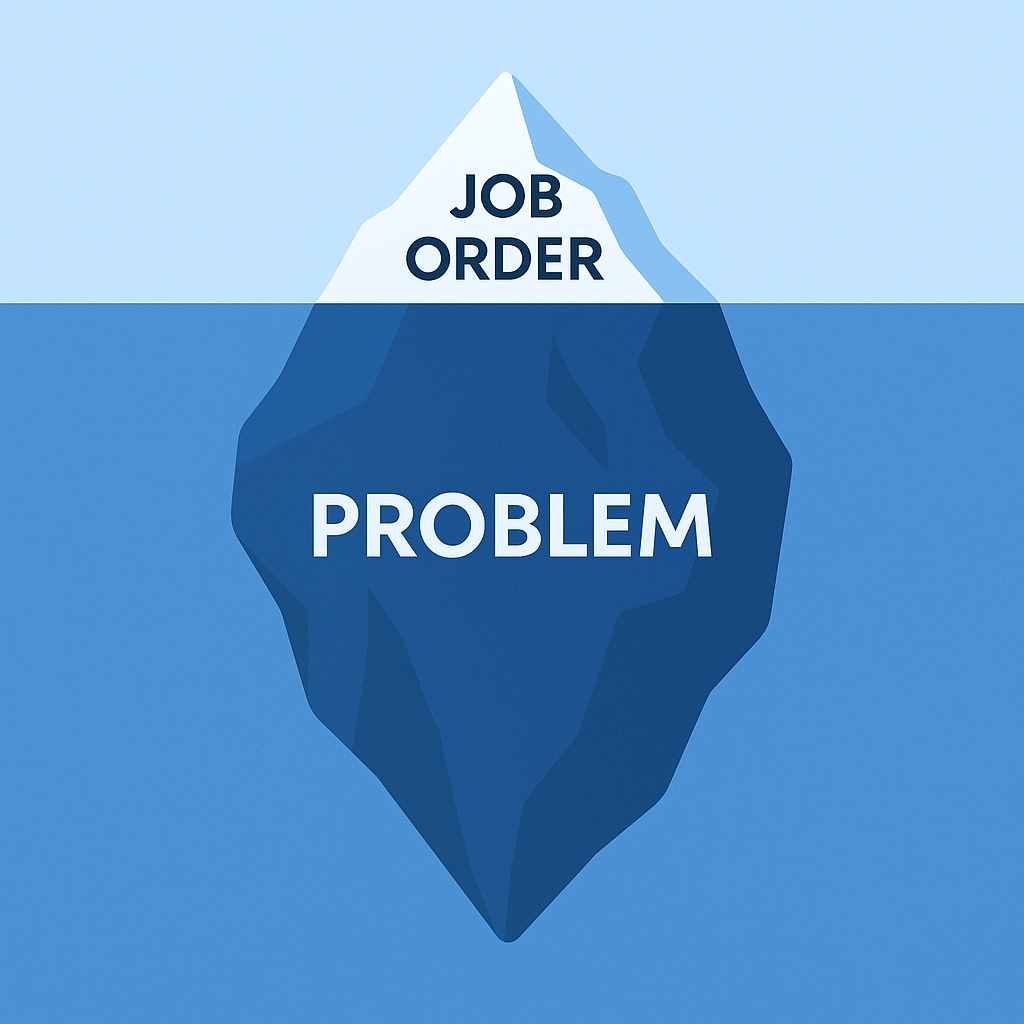Selling With Your Consultant
In my previous post, How to Prevent Unexpected Contract Terminations, I shared how systemizing consultant and client check-ins at key milestones...
1 min read
![]() Dan Fisher
:
Jun 25, 2021 1:15:00 PM
Dan Fisher
:
Jun 25, 2021 1:15:00 PM

When it comes to employee training, many small businesses owners are feeling conflicted. Of course they want their workers to be enabled and equipped with the requisite skills and knowledge that make them productive, but they also fear that these newly trained employees may desert them for higher-paying jobs at other, larger organizations. Or, that they just won't work out and they have to let them go after a few short months. This seems to be a pretty narrow and short-sighted view.
HR Magazine reported that companies that fail to develop their employees could be doing damage not only to morale, but to the bottom line as well. The report went on to state that companies investing $1,500 or more per employee per year on training average 24 percent higher profit margins than companies with lower annual training investments. The American Society for Training and Development (ASTD) collected training information from over 2500 firms and found that companies that offer comprehensive training:
average 24 percent higher profit margins than companies with lower annual training investments. The American Society for Training and Development (ASTD) collected training information from over 2500 firms and found that companies that offer comprehensive training:
Knowing these statistics you would think that more small businesses would step up to the plate and invest more in employee training. So why aren't they? Practitioners of training and corporate development have historically struggled to demonstrate training ROI. Training teaches employees real skills, but often times those skills are “soft,” and it takes time for those newly acquired skills to affect the bottom line. Understanding how to identify, track and measure training ROI is a skill in and of itself that enablement and L&D leaders must learn to develop.
Few companies can afford to conduct A&B tests or control studies to definitively determine the ROI of training, but there is a great deal of research available to us including the data shared previously. People who are passionate about training, learning and development need to learn to speak in terms of ROI more often because this will enable you to more effectively position your role and function as a strategic adviser recognized for impacting revenue growth, which champions your initiatives to win additional resources. At the end of the day, ROI is the term that the C-suite responds to and understands best.
To learn more about speaking in terms of ROI and how to track and measure the ROI of your training programs, download our eBook, The Definitive Guide to Tracking and Measuring Sales (and recruiter) Training ROI.

In my previous post, How to Prevent Unexpected Contract Terminations, I shared how systemizing consultant and client check-ins at key milestones...

About a year ago, I was serving as the fractional revenue leader, managing sales and recruiting for a client.

If you’ve worked in staffing long enough, you’ve been trained to chase job orders.